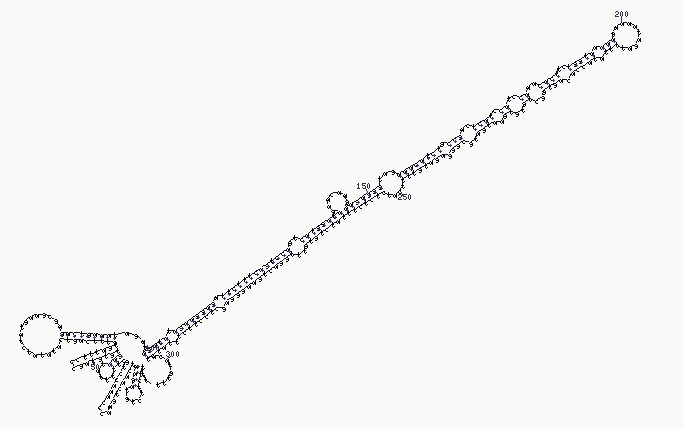A new opportunity for vemurafenib in BRAFV600E colon cancer
There’s been quite a flurry of commercial news on the Pharma front this morning, with Amgen buying Micromet (whose leading product is blinatumumab in ALL) and Celgene announcing their acquisition of Avila Therapeutics who have a Bruton Kinase Inhibitor (BTK) AVL-292 in phase IB development for lymphomas, which was all the rage at the recent American Society of Hematology (ASH) meeting last month.
The big news for me today, though, wasn’t the commercial acquisitions but a gem of a paper relating to science and its significance for future cancer treatment.
One of the unsolved scientific conundrums that arose in my interview with Dr Gordon Mills (MDACC) at the European Multidisciplinary Cancer Congress (EMCC) meeting in Stockholm last September centred around the RAS pathway, and the BRAFV600E mutation, in particular.
Dr Mills astutely noted that while vemurafenib (Zelboraf) has shown activity in patients with advanced melanoma with the BRAFV600E mutation, he raised the important question why did we not see similar activity in mutated colon cancer? Of course, one obvious conclusion might be that the target isn’t critical to the tumour’s survival… or is it? The challenge though, is that these patients do particularly poorly, and usually that is a sign that the mutation is actively driving aberrant activity. Therein lies the quandary, leaving many researchers such as Dr Mills puzzled at the discrepancy and asking why?
This week I’ve been doing a series on colorectal cancer and it is quite by coincidence that today we learn more about the science of colon cancer and BRAFV600E mutations since Pralahad et al., (2012) have just published a Letter in Nature explaining that their research actually suggests that resistance mechanisms might be one of the culprits:
“We performed an RNA-interference-based genetic screen in human cells to search for kinases whose knockdown synergizes with BRAF(V600E) inhibition. We report that blockade of the epidermal growth factor receptor (EGFR) shows strong synergy with BRAF(V600E) inhibition.”
This finding surprised me because melanoma typically has low levels of EGFR expression, unlike more epithelial cancers:
“We compared EGFR expression in a panel of BRAF(V600E) mutant melanoma, colon cancer and thyroid cancer cells. Melanoma cell lines indeed express low levels of EGFR.
So what actually happens in melanoma?
“Mechanistically, we find that BRAF(V600E) inhibition causes a rapid feedback activation of EGFR, which supports continued proliferation in the presence of BRAF(V600E) inhibition.”
Ah, our old friend, feedback loops! These have an uncanny knack of popping up in advanced cancers, as the cancer attempts to ensure it’s survival and overcome the targeted therapy, causing adaptive resistance to treatment in their wake.
You may be wondering how common is this mutation in colon cancer then? Well, Pralahad et al., (2012) observed:
“Our data suggest that BRAF(V600E) mutant colon cancers (occur in) approximately 8–10% of all colon cancers.
Note: bracketed bold addition mine.
What does this data tell us?
In short, a combination of vemurafenib and an EGFR inhibitor, such as erlotinib, cetuximab or gefitinib, might be a useful clinical approach to try therapeutically in patients with colon cancer harbouring the BRAFV600E mutation. Of course, Roche/Genentech have both vemurafenib and erlotinib (Tarceva) in their portfolio, so it would be interesting to see whether proof of clinical concept could be established quickly in a phase I clinical trial. EGFR inhibitors tend to be rather quirky though, and it remains to be seen whether a small molecule (erlotinib, gefitinib, afatinib) or a monoclonal antibody (cetuximab, pantitumumab) would be the ideal partner for vemurafenib in this setting.
While there is much yet to be done in R&D to advance the scientific research, this important finding teaches us that there is hope for this subset with a generally poorer prognosis yet.
I look forward to following the future clinical progress to see if a viable new combination treatment emerges in BRAF V600E mutated colon cancer – watch this space!
References:
![]() Prahallad, A., Sun, C., Huang, S., Di Nicolantonio, F., Salazar, R., Zecchin, D., Beijersbergen, R., Bardelli, A., & Bernards, R. (2012). Unresponsiveness of colon cancer to BRAF(V600E) inhibition through feedback activation of EGFR Nature DOI: 10.1038/nature10868
Prahallad, A., Sun, C., Huang, S., Di Nicolantonio, F., Salazar, R., Zecchin, D., Beijersbergen, R., Bardelli, A., & Bernards, R. (2012). Unresponsiveness of colon cancer to BRAF(V600E) inhibition through feedback activation of EGFR Nature DOI: 10.1038/nature10868


